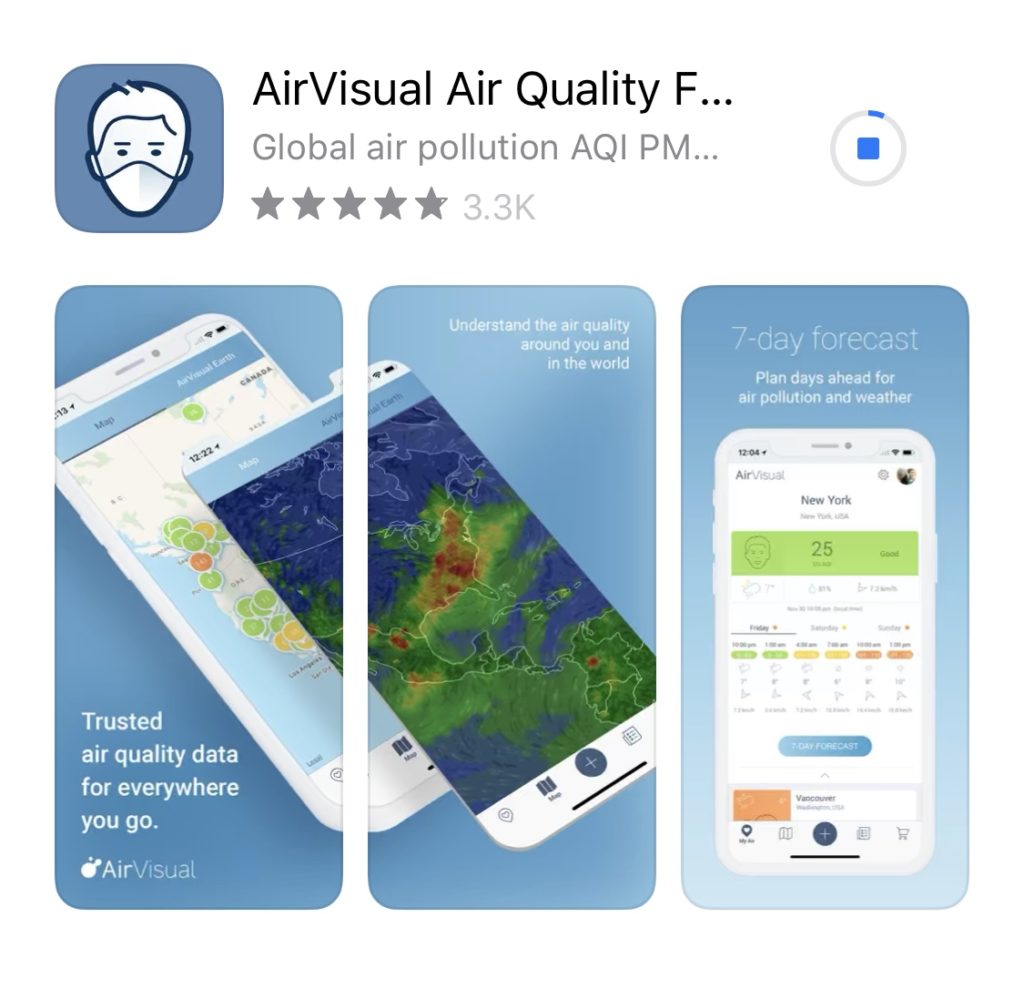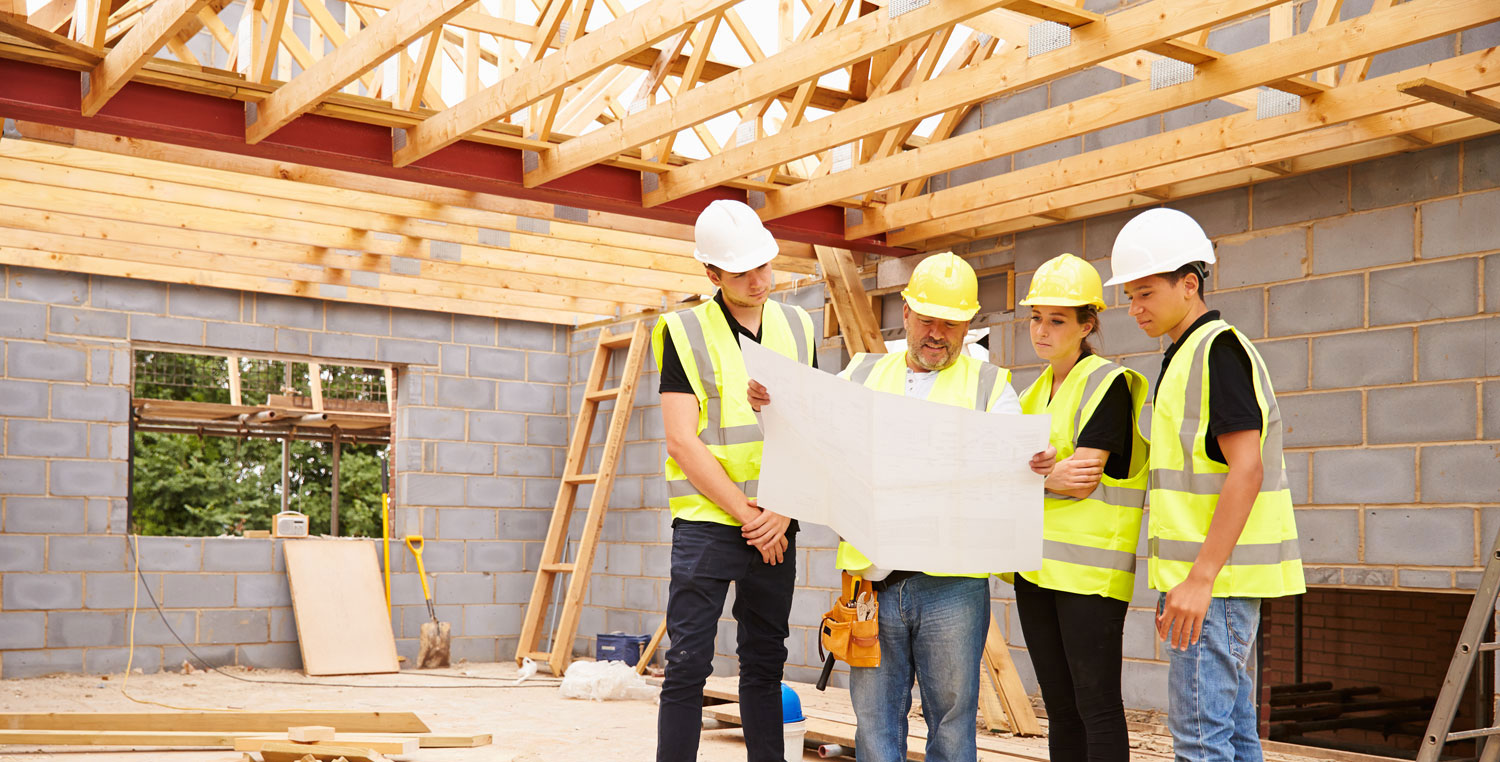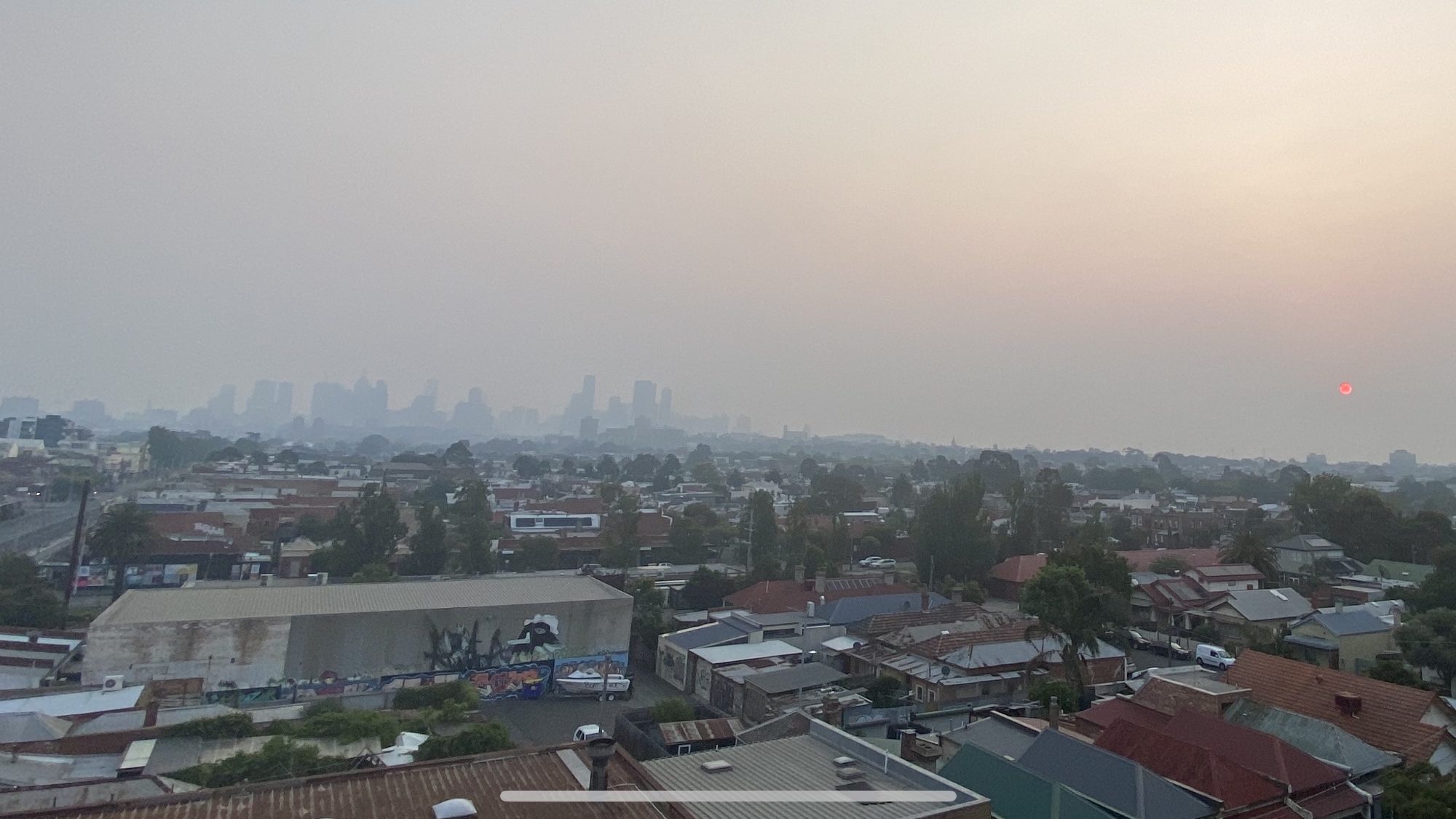The hazardous air quality caused by the current bushfire emergency is affecting workers and workplaces throughout Victoria.
Workplaces have obligations under the Occupational Health and Safety Act 2004 and the Occupational Health and Safety Regulations 2017 to ensure they provide and maintain a safe working environment for their workers so as far as is reasonably practicable.
Assess the Risk
Whilst you cannot control the movement of bushfire smoke, you can control where, how and when your workers undertake their duties.
To monitor air quality throughout Australia you can download the free app AirVisual which tracks key air pollutants, providing real-time data and a 7-day forecast.

Where air quality is at unacceptable levels, works outdoors should be rescheduled, if possible, until conditions (e.g. visibility and air quality) improve.
If works need to go ahead workplaces should undertake suitable risk assessments prior to work commencing and provide appropriate personal protective equipment (PPE), such as respiratory protective equipment (RPE) and eye protection, to workers.
The type of RPE will depend on the type of airborne contaminant, duration and nature of the work, and its compliance with AS/NZS 1716 Respiratory Protective Devices. As such, the risk assessment should outline the appropriate RPE and control measures to be implemented during the works.
Types of RPE
RPE takes various forms including disposable, tight-fitting reusable half-face or full-face respirators.

Respirators with a P2 particulate filter are recommended for the smoke associated with bushfires. P2 filters are used for protection against fine particulates e.g. asbestos, silica and general dust. However, P2 respirators do not protect against gases such as carbon monoxide and therefore do not provide complete protection.
Workers make sure the mask is fitted properly and a good seal has been achieved. Everyone’s face is a different size and shape so there is no ‘one size fits all’. The mask should be sealed over the bridge of the nose and mouth, and there should be no gaps between the mask and face. For RPE to be effective men must be clean shaven to ensure an airtight seal can be achieved.
Fit Testing
Where reusable respirators are issued by an employer, respirator fit testing is a mandatory requirement of AS/NZS 1715:2009 Selection, Use and Maintenance of Respiratory Protective Equipment and must be performed prior to the issue and use of the respirator. In addition, personnel must be trained in the correct fitting, maintenance and use of the respirator by an experienced and competent person such as an occupational hygienist.

Fit testing is used to assess whether the respirator assigned to a person forms an adequate seal around their face and verifies whether the wearer is provided the required level of protection against exposure to hazardous atmospheric contaminants such as dusts, fumes, gases, vapours and biological contaminants.
Fit testing in Australia should be conducted:
- Before the respirator is issued, a fit test should be performed to assure the choice of a suitable respirator.
- A further facial fit test should be performed at least annually or whenever there is a change in the wearer’s facial characteristics or other features which may affect the facial seal of the respirator.
How Can We Help?
BB Risk Solutions provide the following services in accordance with the relevant legislation:
- Conduct quantitative respirator fit testing that’s fast, easy and accurate for varying types and brands of respirators.
- Training on the safe use, correct fitting, maintenance and limitations of the respirator is conducted during the face fit testing.
- Respirator fit testing and training can be provided at your work sites to minimise disruption of your staff.
- Conduct risk assessments of potentially harmful atmospheres and provide recommendations for appropriate RPE and control measures to be implemented.
- Conduct assessments for airborne contaminants such as asbestos, silica and nuisance dust.
For more information and advice please contact us or visit our website: www.bbrisksolutions.com.au


